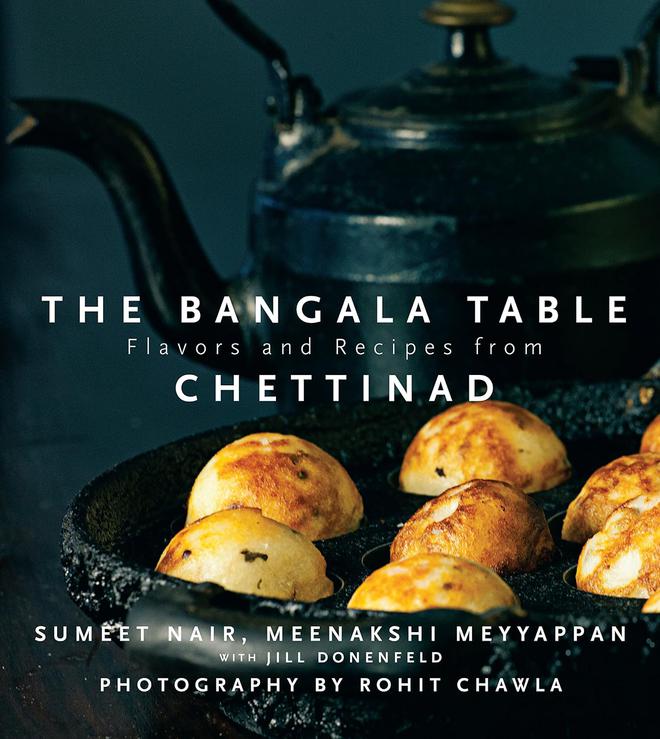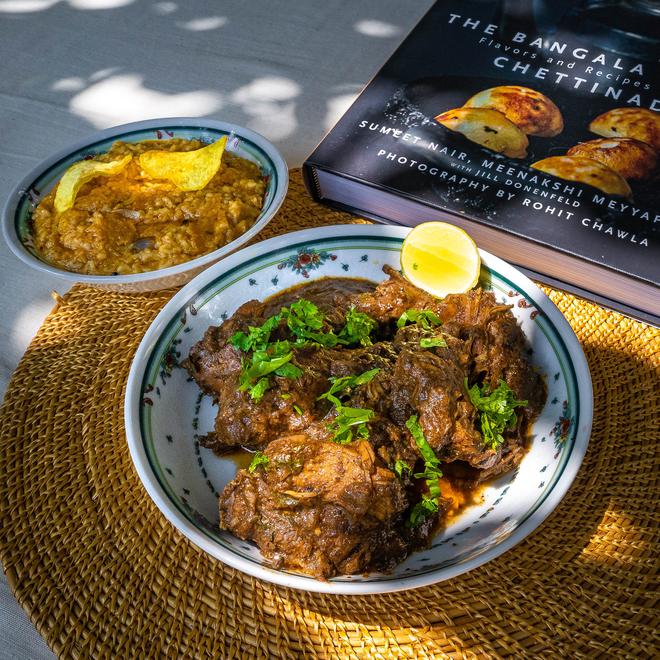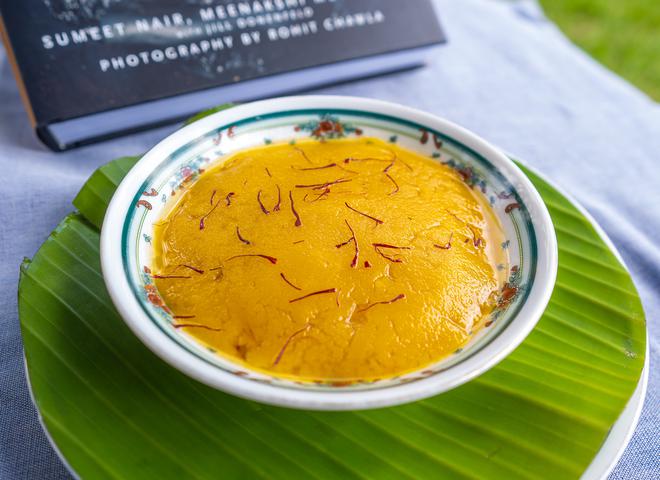Karuppaiya, a seasoned chef who was with Meenakshi Meyyappan’s luxury property The Bangala for 58 years, has now retired. But whenever he visits them from his village, 15 kilometres from Karaikudi, he makes the dangar, a thick curry with shallots and tamarind. It is people such as him who carry forward the recipes and cooking techniques handed down by Meyyappan’s ancestors.

“We trained our chefs to cook the original recipes of my mother-in-law and mother,” says the 89-year-old ‘aachi’, as she is fondly called. Meyyappan, who has co-authored the cookbook The Bangala Table, featuring vegetarian and non-vegetarian recipes from Chettinad, can be credited with preserving the region’s cuisine in its purest form.
Meyyappan grew up in a large family that often hosted guests. She witnessed scrumptious feasts being prepared at home, and masalas being ground in the stone ammi in the backyard. “My mother and father served excellent tables. My mother was very knowledgeable with food,” she says. Meyyappan did not learn to cook from her mother though. “I had no interest then.” But the flavours and smells of a typical Chettinad kitchen were so ingrained in her that years later, when she started The Bangala in 2000, she knew exactly what she would serve her guests.
In her younger years, she ate a lot of kootu and getti kozhambu (thick curry), and enjoyed mutton and chicken kozhambu, and offal soup. These were her mother’s recipes, those whose origin cannot be traced. “They were passed down generation to generation,” she says.


A typical kootu from the region does not have coconut in any form, unlike in other parts of Tamil Nadu, according to Meyyappan. “Our kootus are very light; they are made with dal and have no tempering; we only use a little jeera and shallots,” she says. Then there are the getti kozhambus, curries that are unique to the region. Meyyappan speaks of curries made with brinjal and tamarind; the paruppu urundai curry that has crumbly balls of boiled dal that soak in the thick base; and another one made with banana flowers that are first deep-fried as bajjis before being simmered in the curry.
Meyyappan says that contrary to popular belief, Chettinad food is not spicy. “We make it very temperate and the taste is subtle,” she explains, adding that there is no room for spices such as cinnamon and cardamom in a typical curry. “We use more coriander seeds than chillies,” she adds.
Meyyappan prefers life at her own pace now; she is not on social media and is happy playing host to people from across cultures who visit her property. She came up with an event that gives visitors a taste of the region’s traditions, customs, and food. Called The Chettinad Heritage & Cultural Festival, its second edition concluded in October this year.
“The vegetables must be cut finely, the masala ground in an ‘ammi’. Food has to taste fine, it cannot be coarse in any way.”Meenakshi Meyyappan
RECIPE
Mutton uppu kari
Ingredients
Method
akila.k@thehindu.co.in







